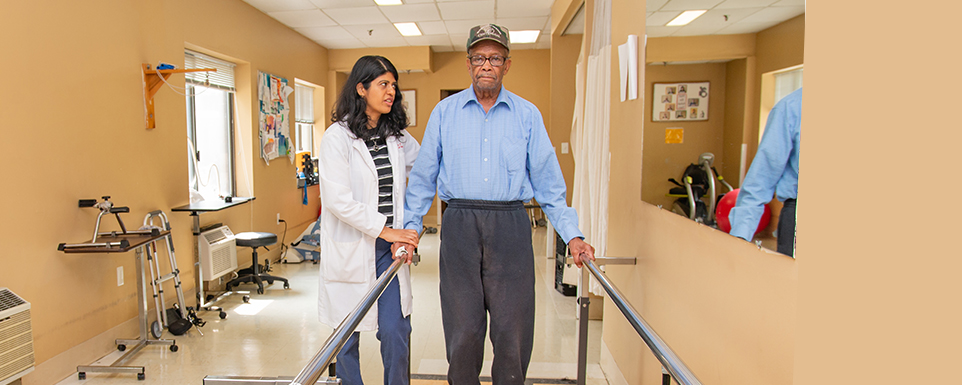Effective Approaches to Reduce the Risk of Sudden Traumas in Sports Via Focused Preventive Tactics
Effective Approaches to Reduce the Risk of Sudden Traumas in Sports Via Focused Preventive Tactics
Blog Article

Sudden injuries in athletics can occur unexpectedly and frequently lead to critical problems for athletes. These injuries can range from sprains and tears to breaks and head injuries. To help prevent these injuries, it is crucial to adopt targeted preventive strategies. These strategies focus on awareness, appropriate preparation, equipment use, and overall health maintenance. By addressing these important areas, players can significantly reduce their risk of suffering from acute traumas while participating in their favorite sports.
One successful method to minimizing the risk of injuries is through education. Players, trainers, and guardians should be informed about the common types of traumas associated with particular sports. Understanding the mechanics of these traumas allows everyone to recognize the indicators and signals early. Educational workshops or seminars can help teach players about proper techniques and the significance of preparing up before matches or practices. This knowledge enables players to take responsibility for their safety and motivates them to express any concerns about potential traumas.
Another important preventive strategy is adequate preparation. Athletes should engage in a comprehensive conditioning program that focuses on developing strength, flexibility, and endurance. Strength conditioning helps build the muscles that stabilize joints, lowering the likelihood of injuries. Flexibility routines, such as stretching, can improve the range of motion and reduce the risk of muscle strains. Additionally, athletes should include sport-specific drills that simulate game situations, which can help them become more acquainted with the actions involved in their chosen activity. Trainers play a crucial role in developing and executing these training programs to ensure they are secure and efficient.
The use of appropriate equipment is also vital in preventing acute injuries in athletics. weblink Athletes should always wear the appropriate gear for their particular activity, including helmets, pads, and proper footwear. For instance, football players need helmets to protect against head traumas, while soccer players require shin guards to protect their legs from collision. It is essential that equipment is fitted properly and is maintained regularly to guarantee it provides the intended safeguarding. Trainers and parents should motivate players to take the time to choose and use the right equipment to reduce their risk of trauma.
In addition education, preparation, and equipment, upholding overall health is essential for trauma avoidance. Players should prioritize proper nutrition, hydration, and rest to keep their physical condition in top shape. A balanced diet rich in vitamins and minerals helps facilitate muscle recovery and overall physical performance. Staying hydrated is also crucial, as dehydration can lead to fatigue and heighten the risk of traumas. Lastly, achieving enough sleep is crucial for recovery and maintaining focus during training sessions and games. By promoting good well-being habits, athletes can improve their performance and lower their chances of suffering from acute traumas.
In summary, minimizing the likelihood of acute injuries in sports requires a comprehensive method that includes awareness, adequate preparation, suitable gear, and overall well-being maintenance. By concentrating on these specific protective strategies, players can more effectively safeguard themselves from the risks of traumas. Trainers, guardians, and athletes all have vital roles to fulfill in creating a secure athletics environment. By cooperating together and emphasizing protection, the pleasure of sports can continue without the interruption of painful injuries.